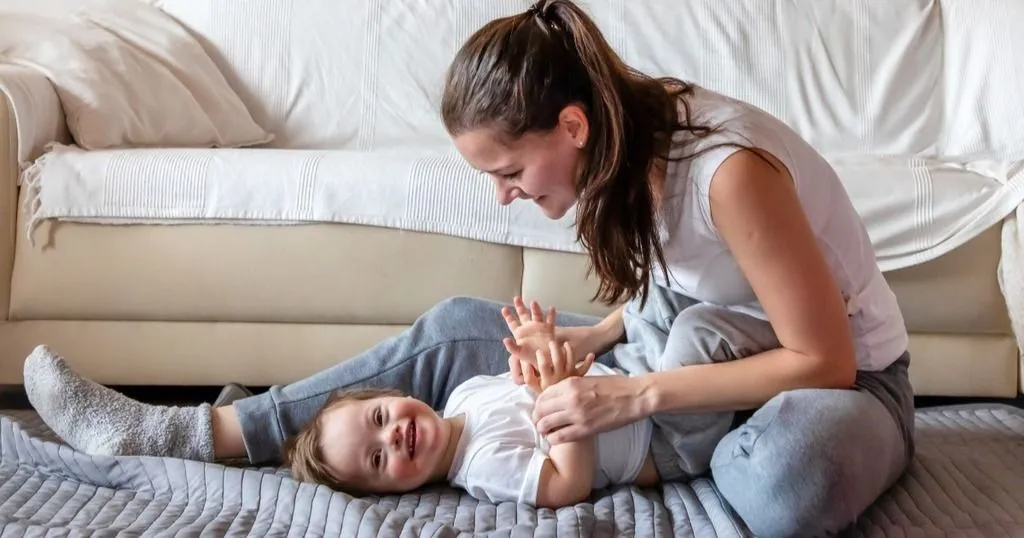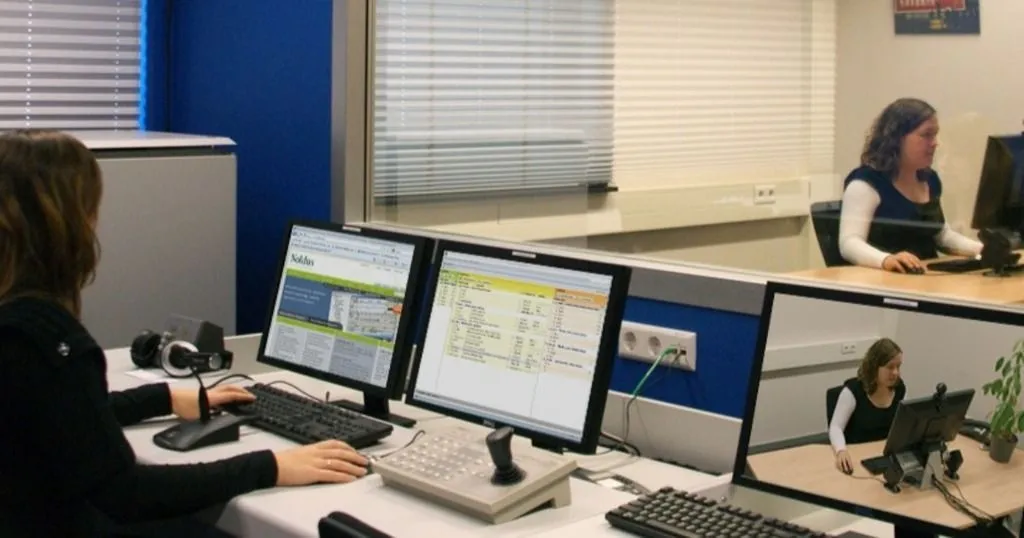Language development and joint engagement in children with Down syndrome
In children with Down syndrome, delays in speech and language skills are common, while early social skills are relatively strong. How are these developmental milestones related?
Posted by
Published on
Wed 03 Apr. 2024

Developmental milestones in children with Down syndrome (DS) can be very different from those in neurotypical children. For example, delays in speech and language skills are common in children with DS, while early social interactions are relatively strong. Researchers Mattie and Fanta wanted to know how these early social skills are related to later language development in children with DS. Specifically, they wanted to know more about the role of different types of joint engagement.1
Joint engagement and language development
When researchers talk about joint engagement, they refer to the shared focus between a child and their caregiver on an object or activity. It's a social skill, where both participate in observing, interacting with, or discussing an object or event. For all children, including those with Down syndrome, joint engagement is a precursor to language development2.
In their study, researchers Mattie and Fanta focus on two types of joint engagement: supported and coordinated joint engagement. First, a child is able to participate in joint engagement with the support of a caregiver. For example, the caregiver can gesture towards or talk about an object in the room. As they develop, children become able to engage more actively with an object and their caregiver, using more initiative and reciprocity. This is referred to as coordinated joint engagement.
You may also like to read about cognitive delays, early exploratory behavior, or the relationship between parenting behaviors and executive function in children with Down syndrome.
Flexible use of joint engagement
Interestingly, research shows that children keep using both forms of joint engagement, depending on the demands of the social situation they're in. Moreover, different studies show a lot of variability in joint engagement skills in DS. Taken together, this indicates that the use of these skills is flexible over the course of a child's development.
Understanding more about this relationship between joint engagement and language development helps us to know exactly what children with Down syndrome need help with and at which time.
Measuring engagement with The Observer XT
The participants in Mattie's and Fanta's study were 16 young children with Down syndrome. The researchers studied them at two time intervals, while the children were 12-30 and 21-38 months of age, respectively. They recorded and analyzed each child's engagement behavior during 15-minute free play sessions between mother and child, using The Observer XT. They focused both on quality and duration of joint engagement behaviors. The research team also measured receptive and expressive language skills at both times.
FREE TRIAL: Try The Observer XT yourself!
Request a free trial and see for yourself how easy behavioral research can be!
- Work faster
- Reduce costs
- Get better data
Children were engaged mostly in supported joint engagement
The researchers found that children with Down syndrome engaged more frequently in supported joint engagement than in coordinated joint engagement. This was true for both the initial and the follow up sessions. Interestingly, a few children who had previously used coordinated engagement did not do so in the follow-up, demonstrating again the variability in their use of this engagement type over time.
Moreover, the results showed that children who showed higher levels of supported joint engagement during the first time interval tended to have lower expressive language abilities at that same time. However, as time progressed, those with greater levels of joint engagement at the start showed improvements in both expressive and receptive language abilities.
These results suggests a complex relationship between joint engagement and language development. Early reliance on supported engagement seem to reflect childrens' efforts to compensate for their language challenges, but over time, this type of engagement appears to support language learning and development.

How to support language development in children with Down syndrome
With these findings in mind, the researcher team suggests that targeting joint engagement may be helpful for language interventions in children with DS, especially in their second year.
Caregivers could pay attention especially to the transition to coordinated joint engagement, by being responsive to their child's attention and providing them with input for language learning. For example, pointing and speaking aloud about what they see helps to focus their child's attention and promotes joint engagement.
This active participation from parents and caregivers might lead to better language outcomes for children with Down syndrome.
Curious why others choose Noldus for their behavioral research? In this blog post, you'll learn more about what sets us apart.
References
1. Mattie, L.; Fanta, D. (2023). Joint engagement and early language abilities in young children with Down syndrome. Frontiers in Psychology, https://doi.org/10.3389/fpsyg.2023.1152559.
2. Smith, C. B.; Adamson, L. B.; Bakeman, R. (1988). Interactional predictors of early language. First Language 8, 143–156. doi: 10.1177/014272378800802304.
Related Posts

Facts about FaceReader and automated facial expression analysis

The effects of negative campaigning on emotions
